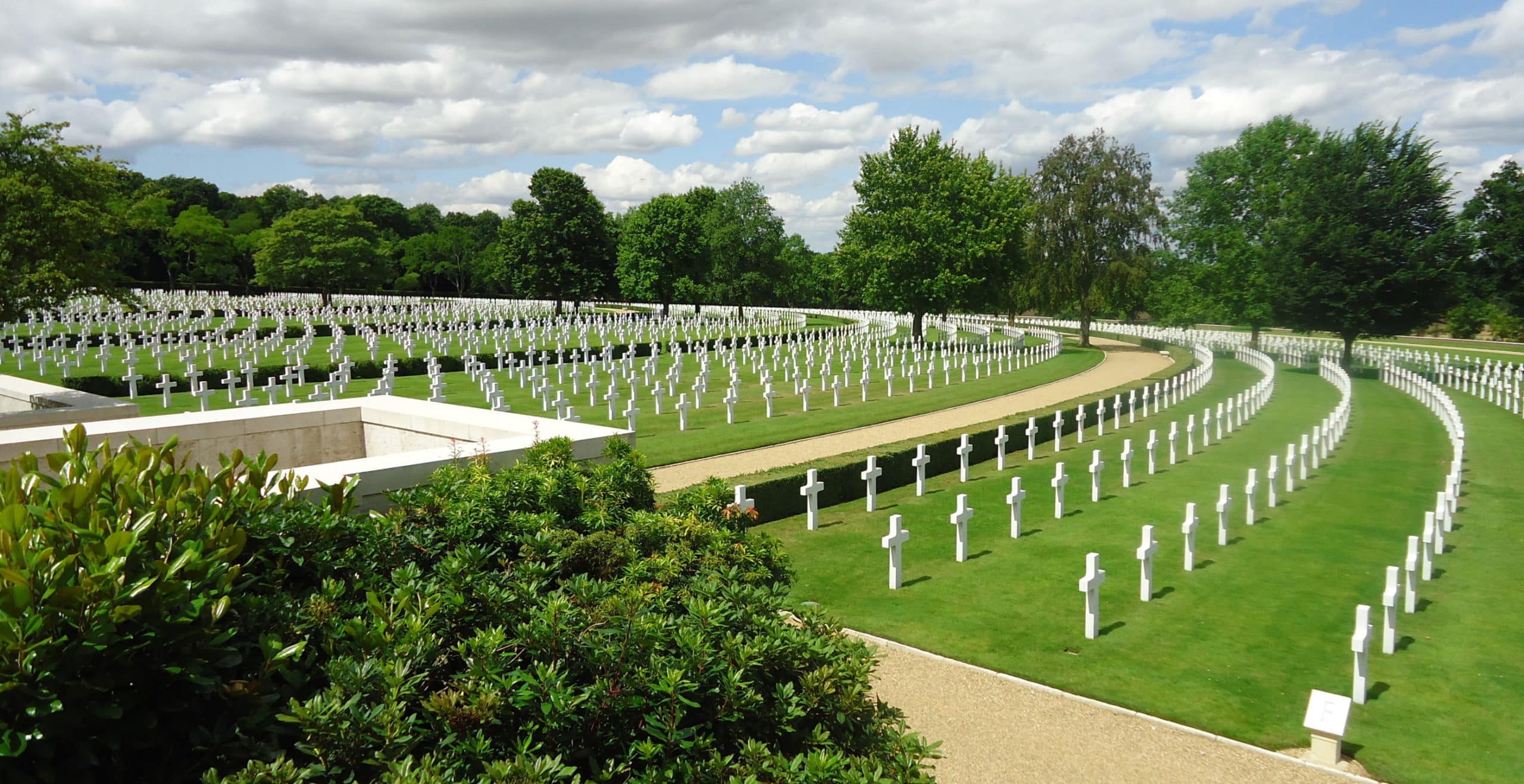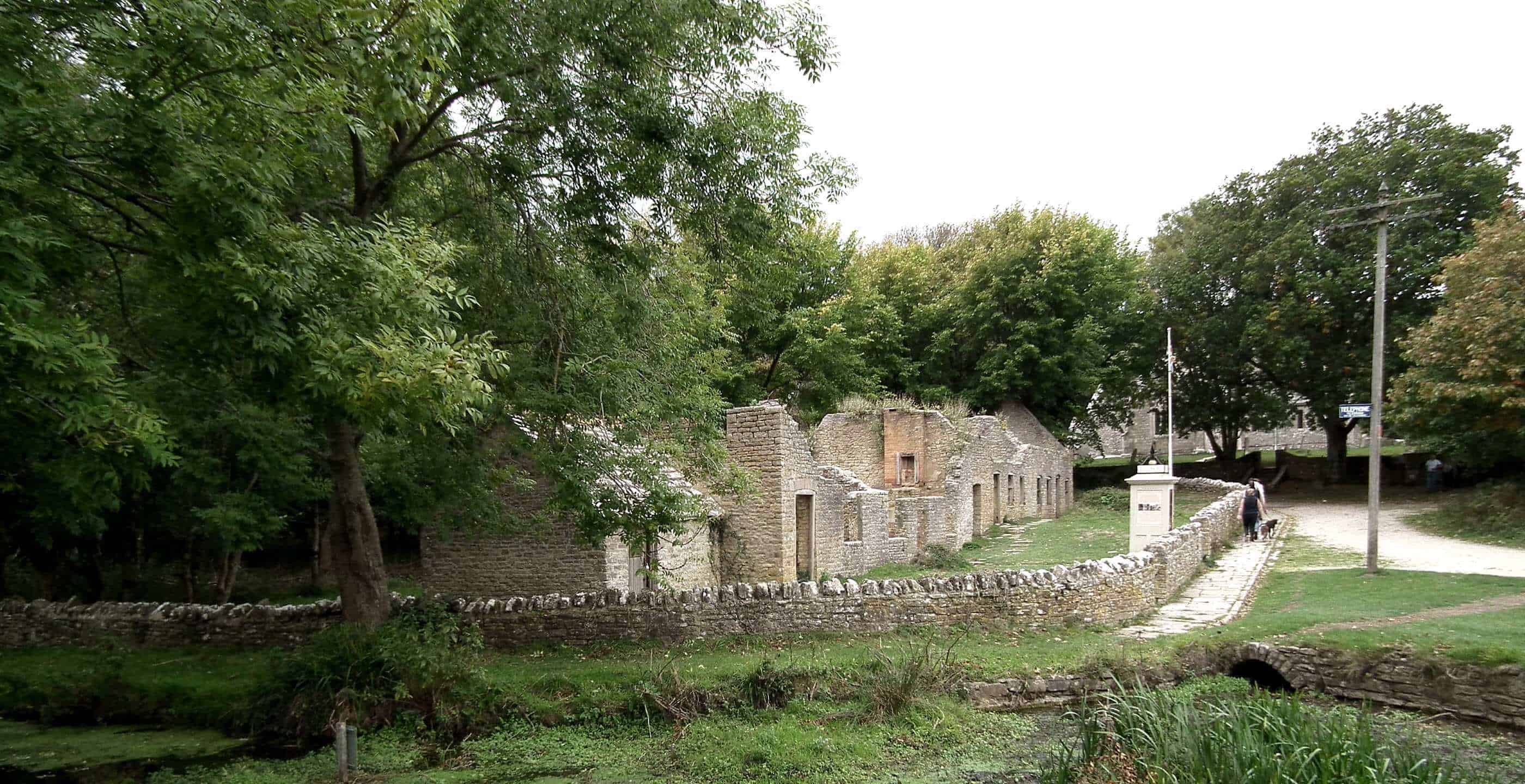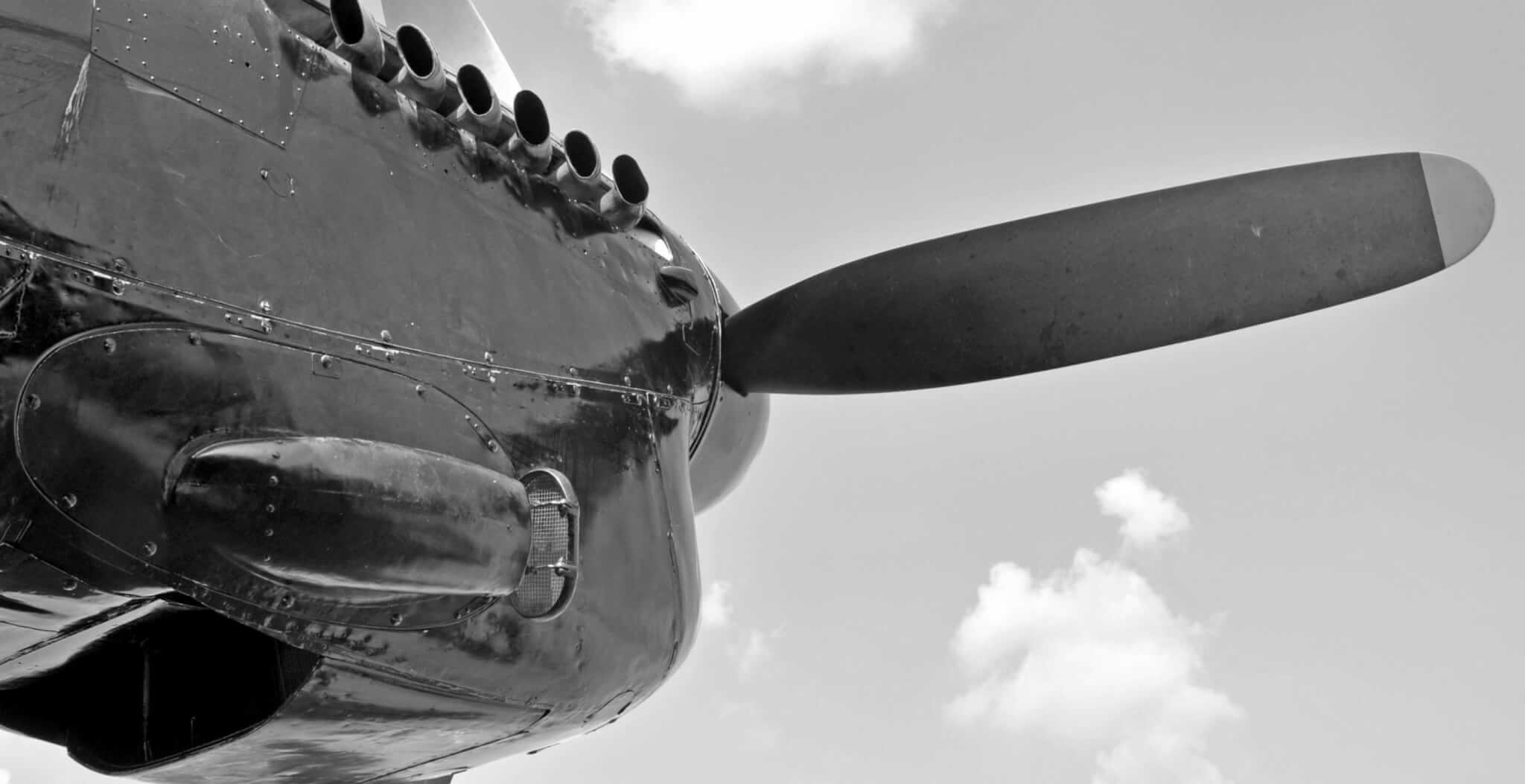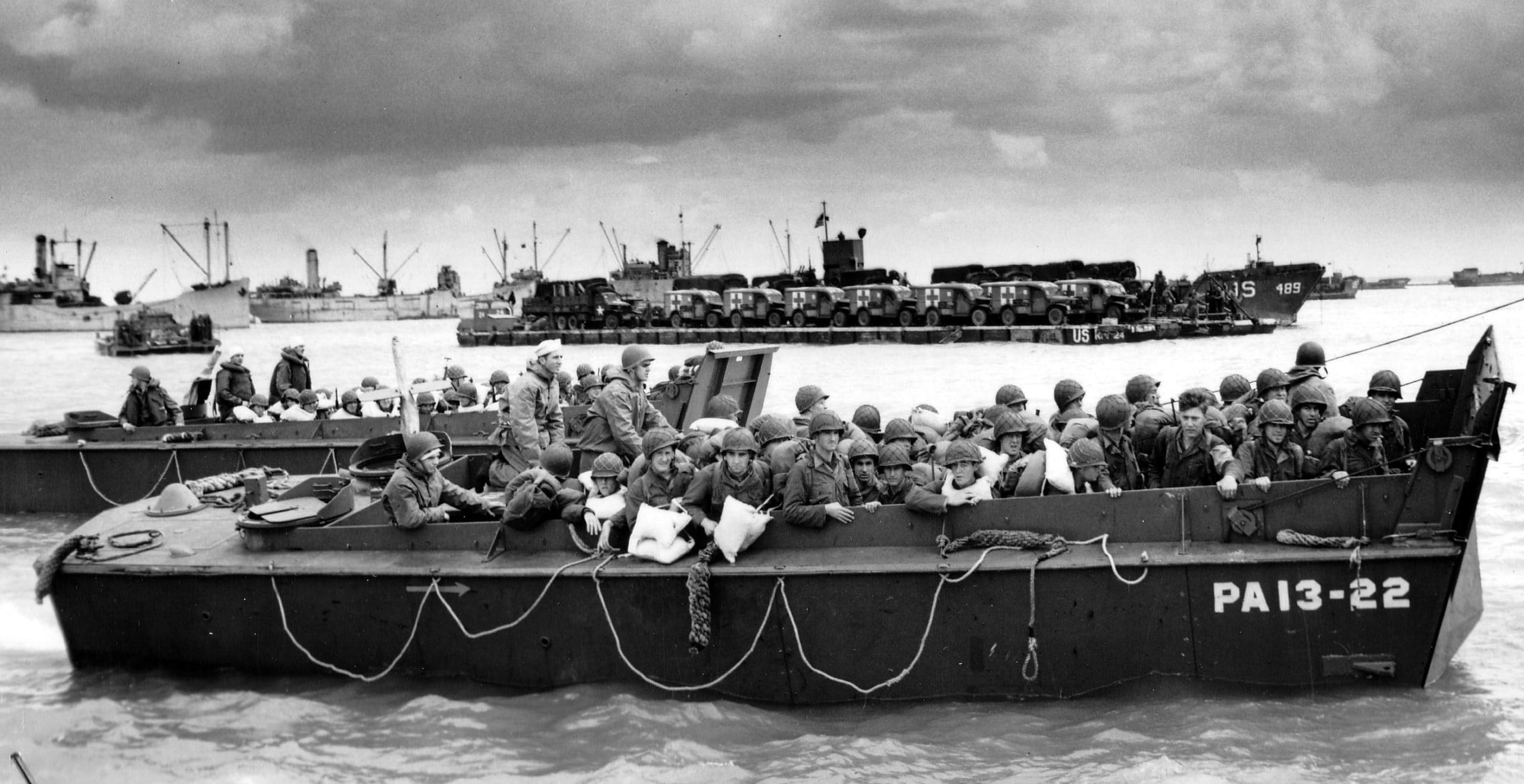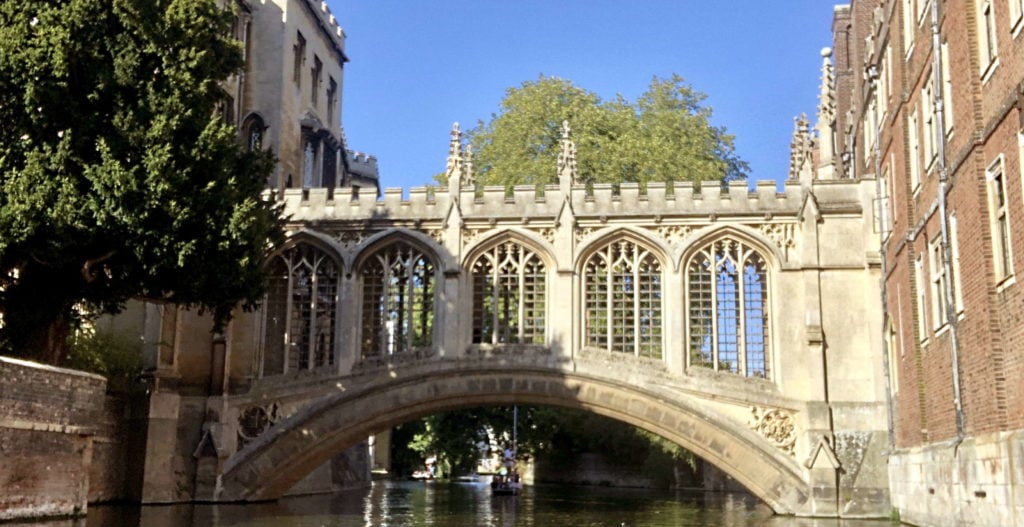Cambridge American Cemetery honours the American sacrifice during World War II, in particular in the United Kingdom, the main base for the Allied strategic bombing campaign to liberate Western Europe. Troops, supplies and equipment were transported to the United Kingdom to protect the country and support this endeavour.
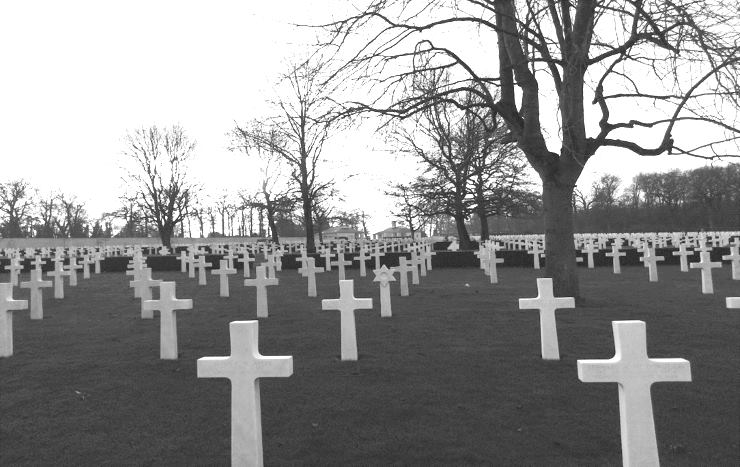
The cemetery is located on land donated by the University of Cambridge and covers 30.5 acres: 3,812 soldiers rest in this cemetery. On the Walls of the Missing 5,127 names are recorded, some of which are marked with rosettes, signifying that they have been recovered and identified. A large number of these soldiers lost their lives during the Battle of the Atlantic or in the strategic air bombardment of northwest Europe.
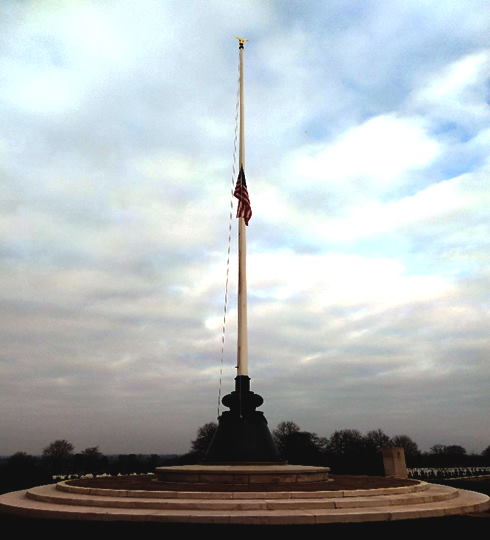
After starting your visit by the magnificent flagpole platform near the main entrance, you then follow the great mall with its reflecting pools spreading eastwards. From here the curve of the burial areas across the lawn is most visible, with the headstones arranged in seven curved grave plots, A through G.
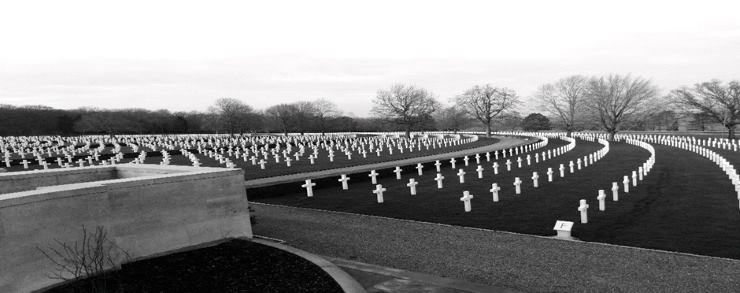
The Memorial building, like St. Paul’s Cathedral and other monuments in London, is built from Portland stone. Five pylons mark the five years of the United States’ presence in World War II. When you look up, it is possible to see the inscription: “Grant unto them o Lord eternal rest”. Below the bronze rope railing on the north face balcony is inscribed: “In grateful tribute to their sacrifice and proud memory of their valor”.
The main doors are adorned by bear bronze representations of military equipment and naval vessels. A map of the United Kingdom adorns the outer wall of the memorial representing the locations where the Americans had units, the main air and sea approach routes to Britain from the United States, and the invasion routes to North Africa in 1942 and to Normandy in 1944. Inside, the most impressive feature is a map titled “The Mastery of the Atlantic – The Great Air Assault.” The incredible map was designed by the American artist Herbert Gute.
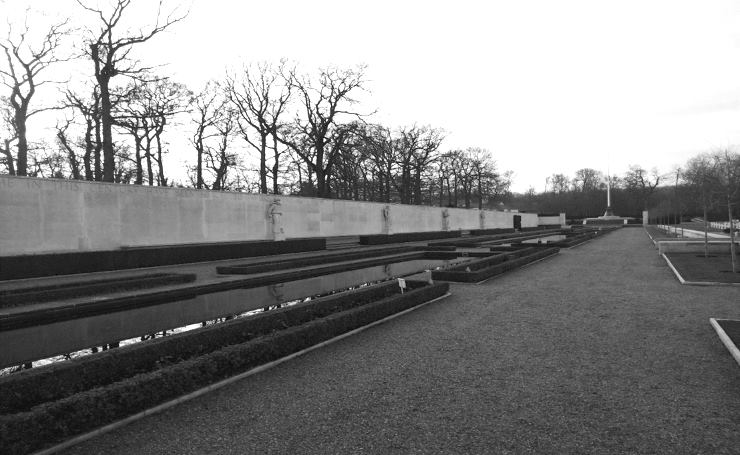
In May 2014 a 4,000-square-foot visitor centre was opened. Its interpretive exhibitions, including personal stories, photographs, films, and interactive displays, allow visitors to better understand this crucial campaign during the Second World War. The Sacrifice Gallery tells the personal stories of the heroes buried on English soil, with an introductory documentary and touch-screen kiosks to give a little more insight into the history.
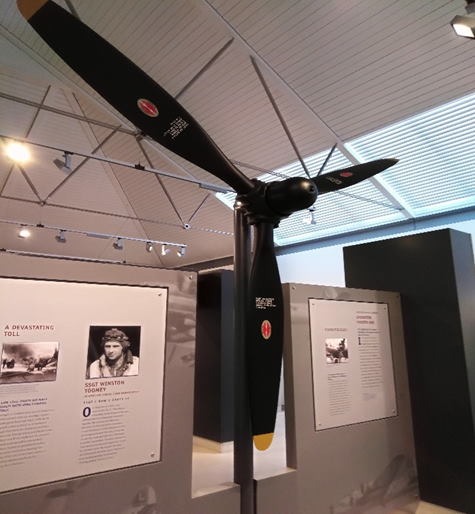
The history of the American Cemetery is directly linked to the Battle of the Atlantic, the campaign aimed at protecting the Allied shipping from German U-boats and other hazards in the Atlantic Ocean between 1939 and 1945. Since the beginning of the war, merchant ships had been constantly attacked in the Atlantic by German U-boats which sank a large number of merchant vessels and were not far from cutting off sources of supply to Great Britain altogether.
Responding to these constant attacks, Britain and its allies sent merchant ships out in convoys, accompanied by naval vessels. A possible Allied success depended directly on the movement of troops and supplies across the seas along with prioritized escort and antisubmarine operations. New technologies were introduced, including radar, sonar and improved depth charges, helping to protect the convoys.
Finally, in May 1943 the Allies began to hold their own in the Atlantic. That month Allied forces managed to sink 41 of 240 German U-boats, losing 300,000 tonnes less to their war effort. The Allied forces had also gained greater control of the skies, allowing them to harass German submarine bases, especially those along the Bay of Biscay.
As the war advanced, Britain was developing more and more into a large supply depot, military base, airbase and training camp for the Allies. In numbers, more than 17 million tons of cargo and nearly two million US military and women had arrived in Britain. Several training bases were created in the British Isles to receive these military forces, who played a decisive role in campaigns such as North Africa and the beaches of Normandy.
In the period following the First World War, the tactic of strategic air strikes was developed. It was believed that a large number of casualties, as well as the destruction of industrial “choke points”, would not only cause the collapse of morale but could also lead to the capitulation of a nation. The Royal Air Force had been already been using this type of military action when American bombers and crews started their Strategic Bombing Campaign on July 4th, 1942.
In mid-1943 Allied forces officially launched Combined Bomber Offensive, the Americans with surgical bombing during the day, the British bombing at night. The expansion of the Allied forces in the Mediterranean allowed the creation of new airfields, complementing those of Great Britain, making it possible to move between theatres of war, making the German territory much more exposed. German resources were depleted, and more and more German cities were being bombed day by day. By the cessation of hostilities on April 12th, 1945, the Americans had dropped 1,388,000 tons of bombs and the British 988,000 in Germany, at a cost of 110,000 aviators from both countries lost in action.
The Cambridge American Cemetery is the monument to the sacrifice made by these men and women.
By Hugo Vaz Pontes Mestre. Hugo Vaz Pontes Mestre is student of History at Cambridge, freelance writer and someone who always looked at history passionately.
Looking to visit Cambridge? We recommend the City Sightseeing Cambridge Hop-On Hop-Off Bus Tour that has 16 possible stops throughout historic Cambridge.
